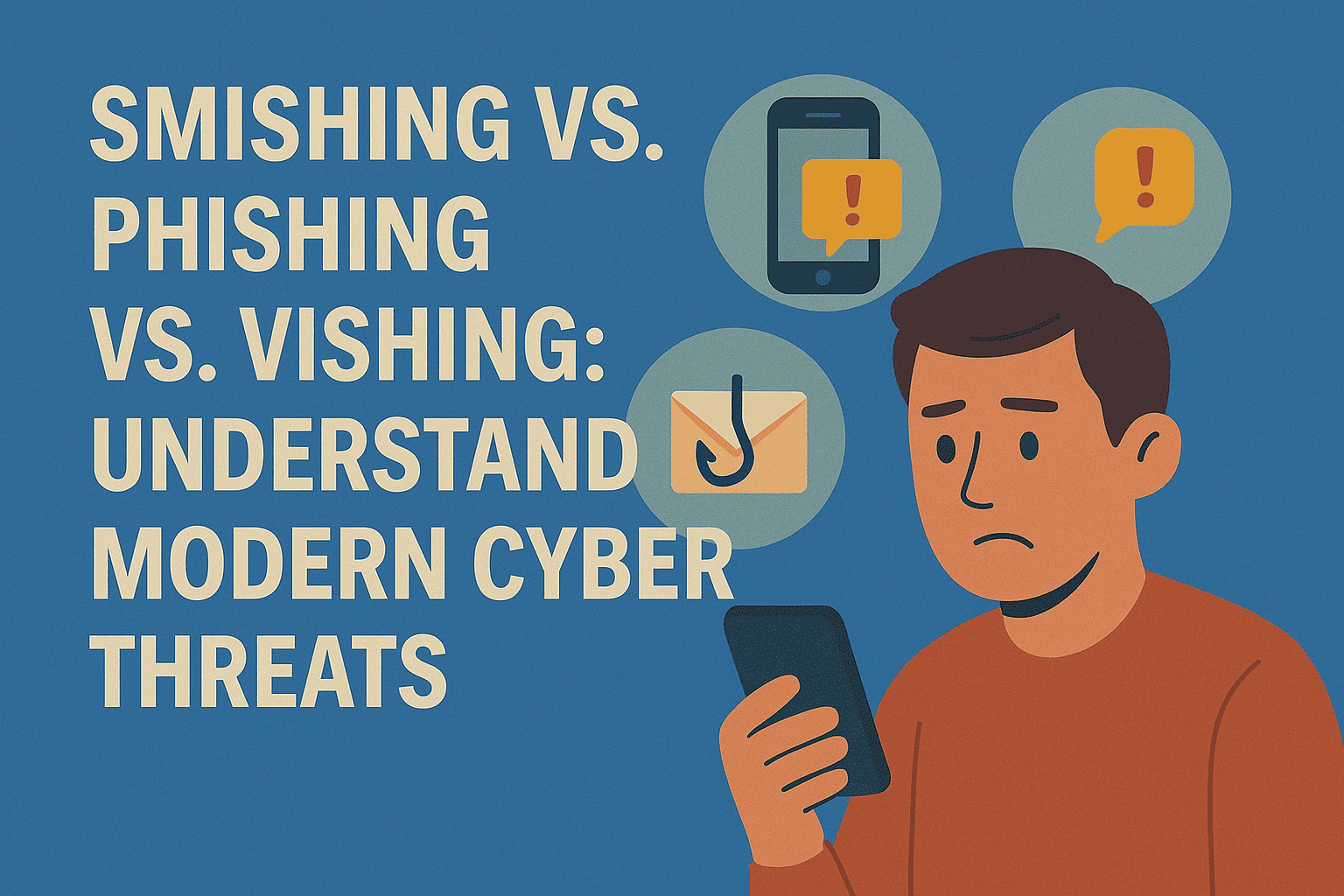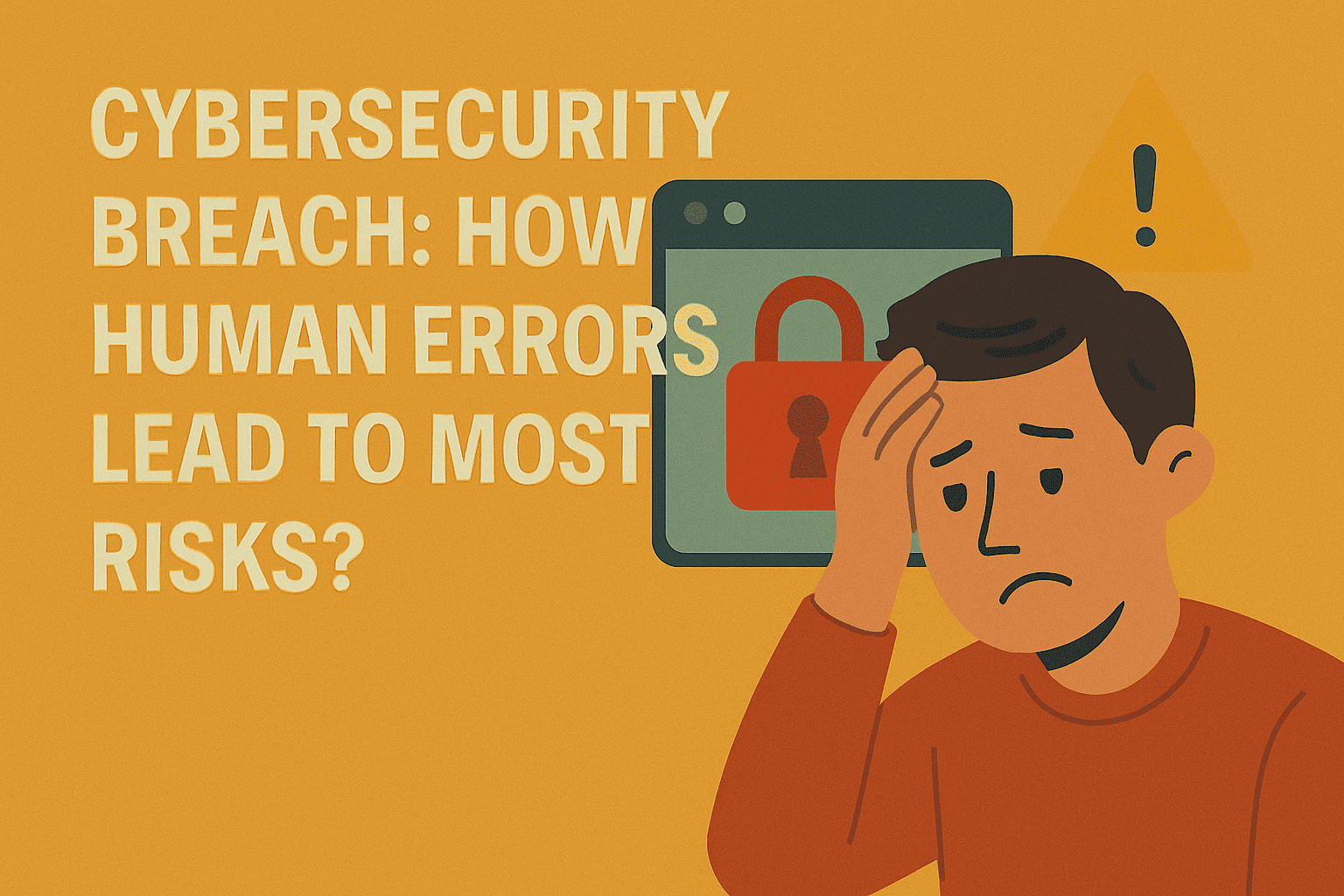
A sophisticated WhatsApp job scam is tricking thousands globally, including job seekers in the UK, India, and beyond. These scams promise lucrative work-from-home roles, create fake dashboards, and pressure victims to send money via crypto wallets — but in reality, the job and earnings are entirely fake.

Phishing, smishing, and vishing are fast-rising cyber threats in 2025. Learn their key differences and get expert tips to protect your personal and financial data.

AI is revolutionizing cybercrime. From deepfake voice scams to AI-generated phishing emails, attackers are using machine learning to bypass traditional security. Learn the latest tactics they use and the key strategies to protect yourself and your organization.

Human error is a leading cause of cybersecurity breaches — studies suggest it accounts for the vast majority of incidents. This article explains what a cybersecurity breach is, maps the spectrum of human errors that enable breaches (from phishing clicks to misconfigurations and insider threats), and provides practical prevention strategies: regular training, MFA, automation, strong password policies, patching, phishing simulations, and clear incident response procedures. By combining people-centered training with simpler processes and technology safeguards, organizations can significantly reduce the risk posed by human mistakes.

Smishing (SMS phishing) and vishing (voice phishing) are rapidly growing cyber threats targeting mobile users. This article explores how these scams work, real-life examples, and essential tips to protect yourself from such attacks.

Phishing remains one of the most common and costly cyber threats, with billions of fraudulent emails sent daily and billions lost annually. Phishing awareness training empowers employees to identify, report, and prevent attacks—turning them into a strong first line of defense.

Cybercriminals are using deepfake videos and AI personas to create highly convincing scam content, tricking victims into installing malware or making fraudulent transactions. From fake influencers to cryptocurrency scams, these attacks are becoming more sophisticated and harder to detect.

Job scams are increasing as more people look for remote and flexible work. Scammers pretend to be recruiters and lure victims with lucrative job offers — but their real goal is to steal money or personal information. This blog helps you understand how job scams work and how to stay safe.

Spammers use blogs to manipulate search rankings and spread low-quality content. This study reveals how their behavior can be detected using live search data.

With free AI tools, scammers are now cloning real voices and calling victims pretending to be their family members or friends — often claiming emergencies like accidents, arrests, or ransom. This emotional manipulation is one of the most dangerous scam tactics of 2025. Learn how to detect and stop it.